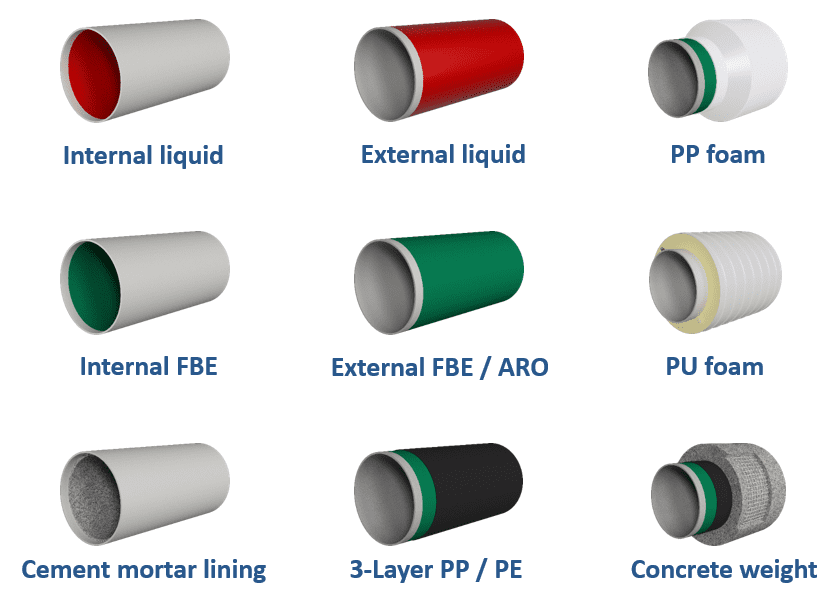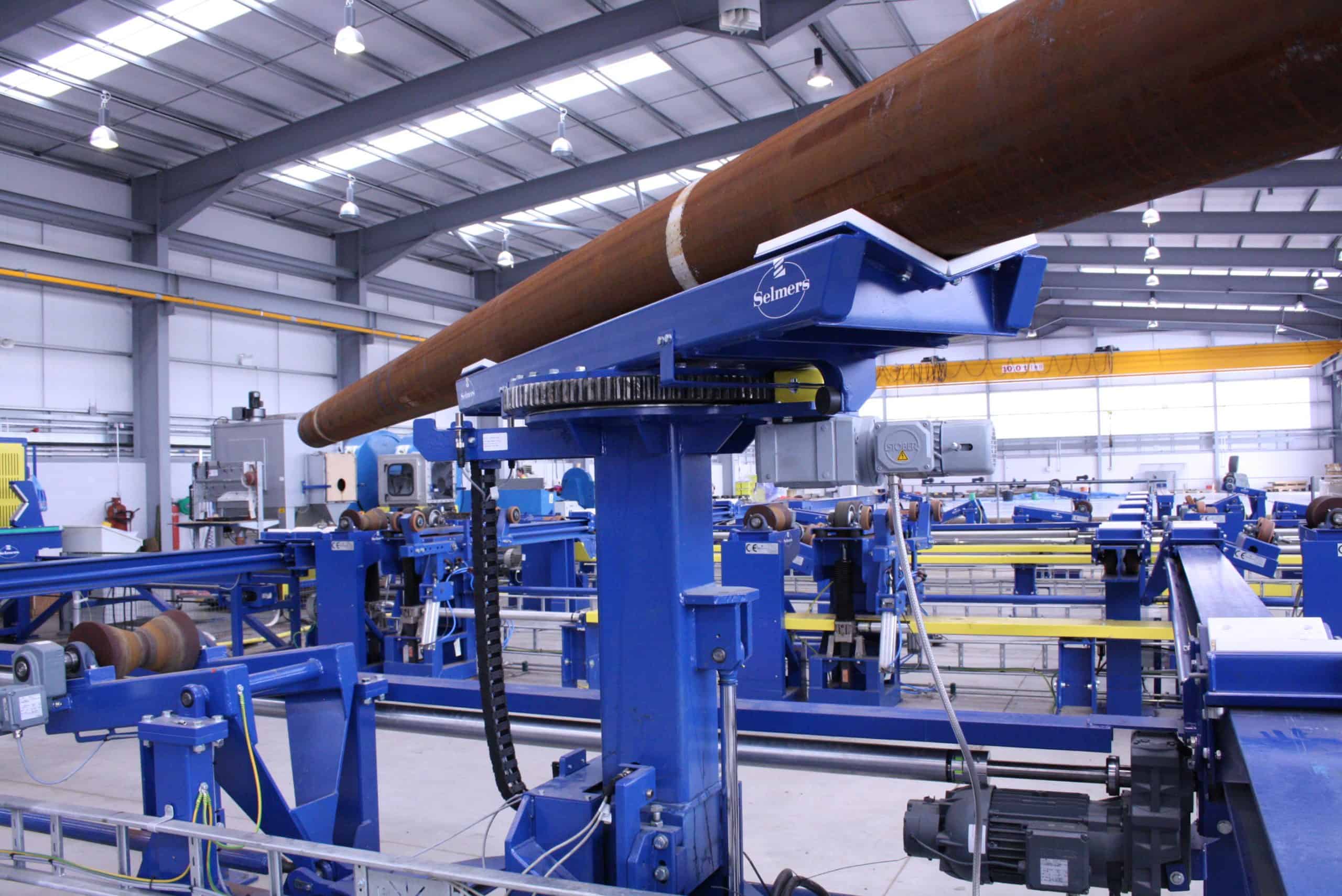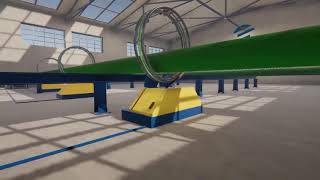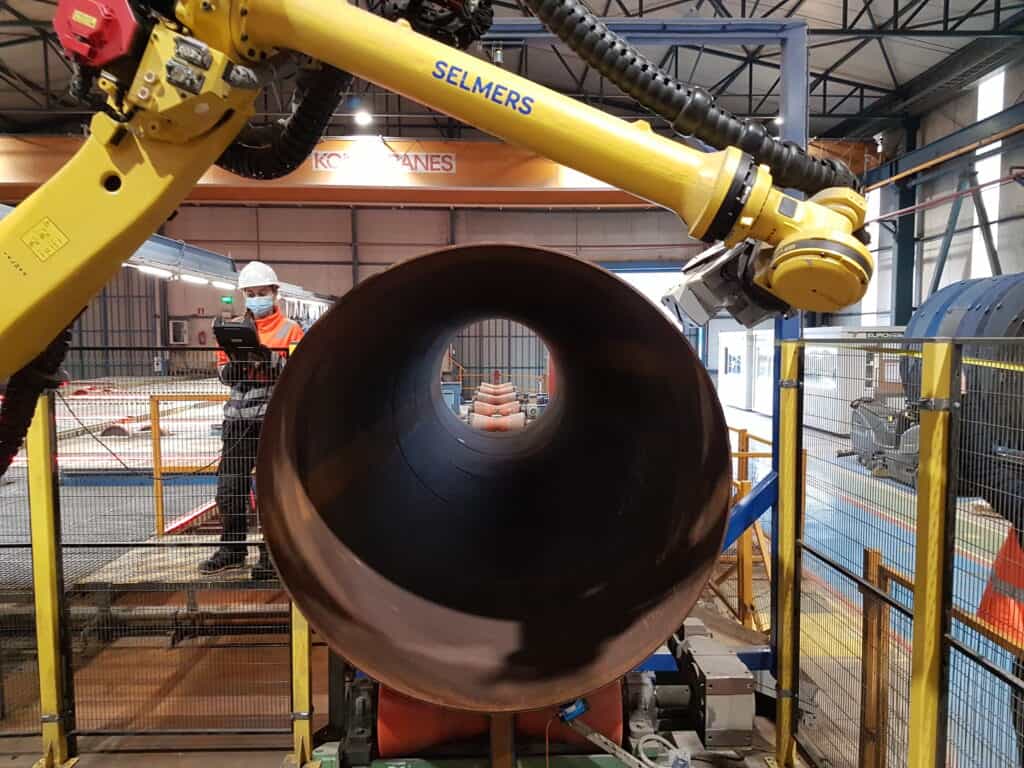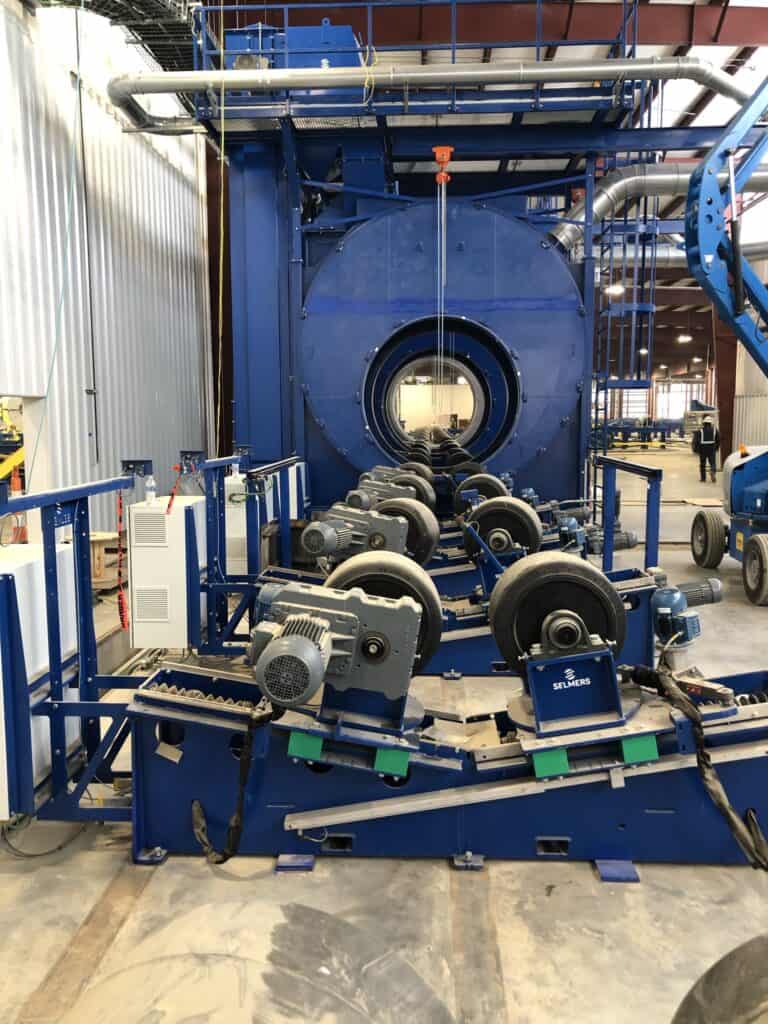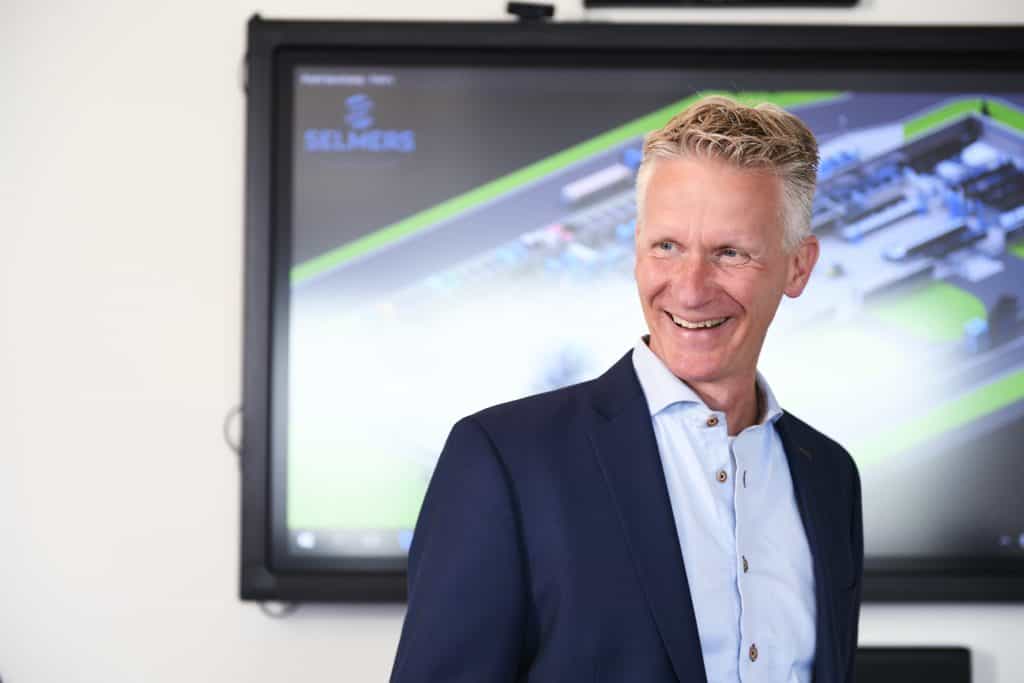Anyone who reads our blogs regularly knows that almost everything with us is about automating business processes. As long as robots using Artificial Intelligence, algorithms and Machine Learning haven’t taken over all of our work, and as far as we’re concerned that is never going to happen, people still need to learn. In education, innovation does not stand still either, and that’s a good thing too!
Helmet camera
E-learning has already outgrown its infancy in many industries and is certainly useful during the corona crisis. Recently, for example, we were forced to build an entire factory largely remotely. In preparation, we first drafted a manual and a roadmap for our customer from our office. These were then explained in more detail through Teams discussions, both in words and images. In addition, we can remotely look into local equipment via remote PLC support and adjust remote settings and parameters where necessary. On top of that, there was a nice role for a helmet equipped with a camera.
Performing repairs remotely
With such a helmet on your head or with a smartphone camera placed on a mechanics trolley for example, as a trainer you can show a group of mechanics, or students, from a distance how to do maintenance and which actions you need to perform exactly. We have done this on several occasions in plants around the world, mainly due to the corona crisis. Conversely, a mechanic, or student in general, can use such a camera to show what he or she is doing while an instructor or teacher is watching in real time. This comes with the additional advantage that as an experience expert you don’t accidentally take matters into your own hands. In addition to training and giving instructions, you can of course also do demarcated repairs and fix malfunctions.
‘Tomorrow’s operator
These kinds of applications are in fact part of Training 4.0 which, unlike in the past, offers a lot of space for competence-based learning, developments at individual or group level and interaction. This is in sharp contrast to the static ‘old school’ approach with tight rows of students in a large classroom where a black board with crayons was a teacher’s most important ‘tool’. At the same time, this means that ‘different’ pupils and students will enter your company and that fact has not yet fully penetrated the industrial world. Yet, ‘tomorrow’s operators’ expects a similar way of learning in your company.
Just in time & just enough
In many cases they are no longer burdened with all partly superfluous knowledge and have been trained to be specialists instead. A lot more visually oriented as well and more on a ‘just in time & just enough’ basis, although some knowledge of the machine to their left and right may still be expected from them. A training plan should therefore focus on researching what knowledge and skills the individual employee needs and how he or she can best acquire them.
The need to get your hands ‘dirty’ in order to know your machinery inside out will always remain. What does change, however, is how to go about it and Selmers is more than happy to help you with that as well. Do you want to make a (next) step towards Training 4.0? Just call your sales contact or send an email to globalservices@selmers.com.
